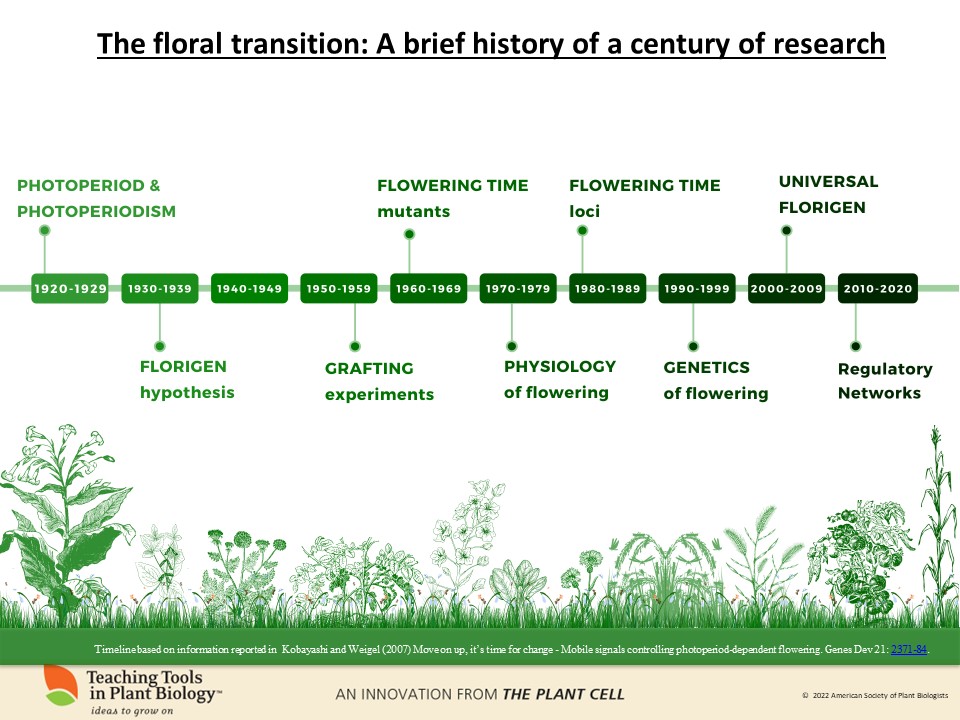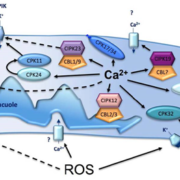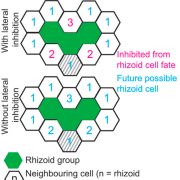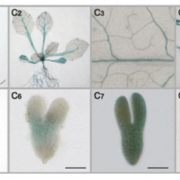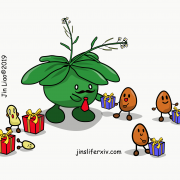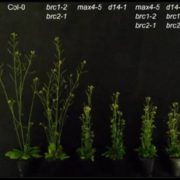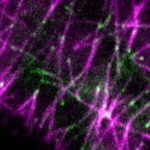New Teaching Tool, “The Floral Transition and Adaptation to a Changing Environment: from Model Species to Cereal Crops”
Meet the newest member of the Teaching Tools in Plant Biology family, The Floral Transition and Adaptation to a Changing Environment: from Model Species to Cereal Crops, by Michela Osnato. Freely available in the November 2022 issue of The Plant Cell. You can download the resources here, from the supplemental files link.
This teaching tool reviews one hundred years of research on the regulation of flowering time, which largely influences the production of seeds and the perpetuation angiosperm species. To guarantee reproductive success, plants have evolved complex strategies to optimize flowering time by integrating external signals (e.g., daylength and temperature) and internal cues (e.g., age and physiological stage).
This lesson introduces the concept of the universal florigen – a mobile molecule that triggers the formation of reproductive structures in flowering plants – and discusses conserved and species-specific pathways acting upstream of the florigen in the model plant Arabidopsis thaliana and in major cereal crops (rice, maize, wheat,and barley).
In the last two decades, molecular genetics studies in model species (Arabidopsis for dicots and rice for monocots) revealed that hundreds of regulatory genes constitute the gene regulatory network that control the transition from vegetative to reproductive growth (floral transition). Interestingly, mutations in key flowering time genes have allowed plant adaptation to new geographic locations by retuning the formation of flowers and seeds in different environmental conditions, thus expanding the cultivation area of important cereal crops.
The lesson concludes with a look at how fluctuations in external conditions affect flowering, and how plants respond to abiotic stresses related to climate change at the onset of reproductive growth.
 Author Michela Osnato [Research Associate, Institute of Environmental Science and Technology (Barcelona, Spain), and Assistant Features Editor, The Plant Cell) @michela_osnato] writes about the motivation for creating this teaching tool.
Author Michela Osnato [Research Associate, Institute of Environmental Science and Technology (Barcelona, Spain), and Assistant Features Editor, The Plant Cell) @michela_osnato] writes about the motivation for creating this teaching tool.
“When I was a university student, the blossoming of almond trees marked the transition from cold winter to warm spring (or from wearing a heavy coat to wearing a T-shirt). However, in the last decade I’ve taken several pictures of beautiful pink and white flowers of almond right after Christmas holidays, likely because of changing climate in the Mediterranean region where I live. This made me think about the relevance of flowering time control outside the lab, where I have been studying the molecular mechanisms underlying the floral transition in Arabidopsis thaliana and Oryza sativa (rice).
In these teaching tools, I have tried to summarize the most important findings that shed lights on the molecular basis of flowering time control through one century of research, from the gigantic tobacco mutant (named Maryland Mammoth) described in 1920 that first inspired investigation on photoperiodism to the latest cutting-edge OMICS techniques that are currently used to discover those genetic determinants that allow plants to successfully reproduce even in adverse environmental conditions”.
Features Editor Mary Williams says,
I’m very pleased to have been able to help get this exciting new Teaching Tool to fruition. I’m always happy to speak to authors interested in creating a Teaching Tool, so if you have a topic that you think we should include in this series, drop me a line at [email protected]. And be sure to check out this and the other 44 Teaching Tools in this series at https://academic.oup.com/plcell/pages/teaching-tools-plant-biology.
Download “The floral transition and adaptation to a changing environment: From model species to cereal crops” here.


